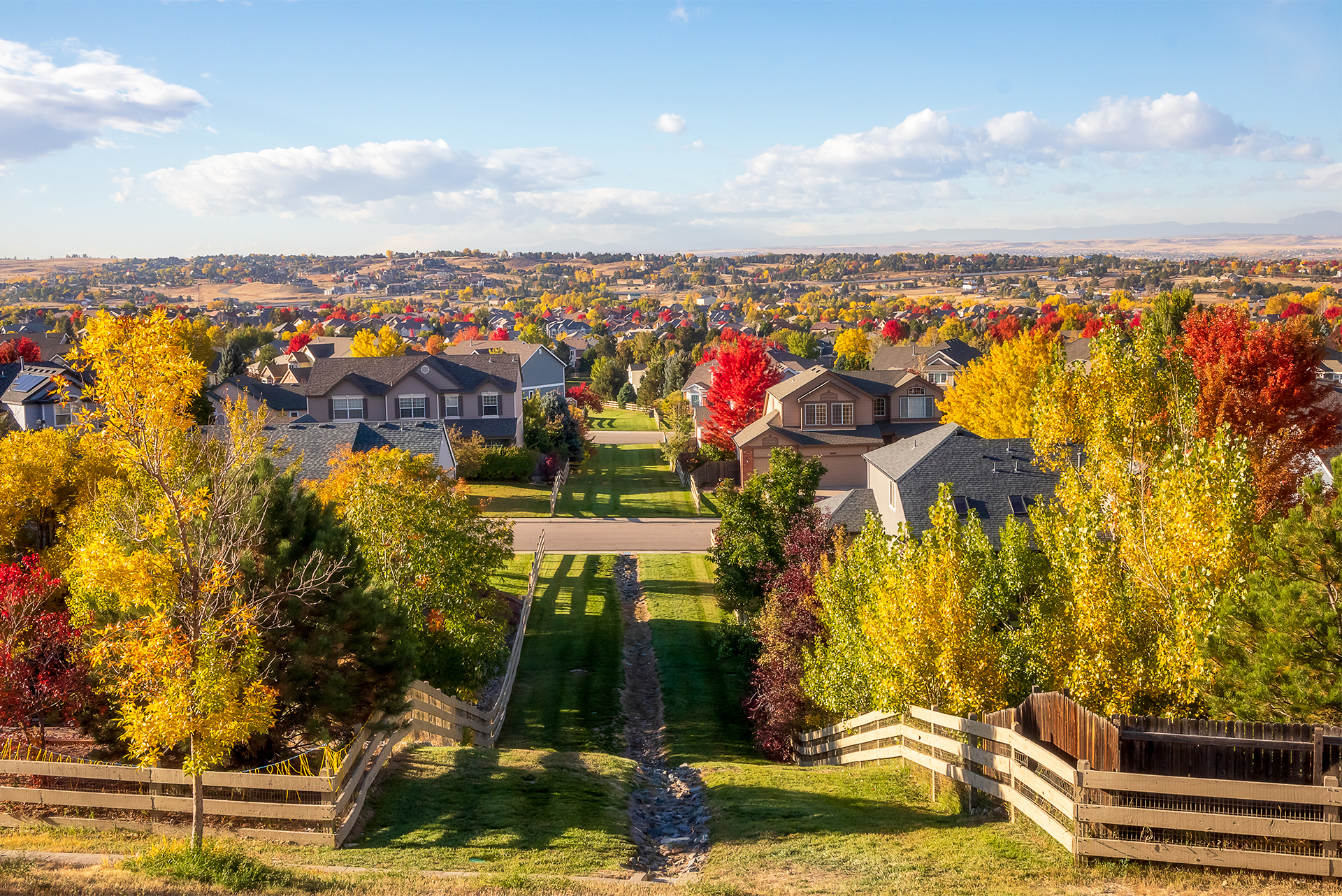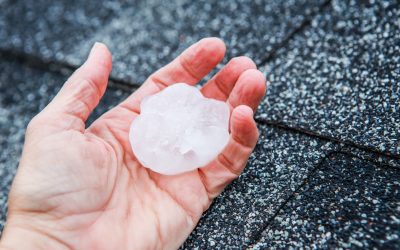What is the Colorado Roofing Market Like?
What is the Colorado Roofing Market Like?
The Colorado roofing market is expected to be around $2.2 billion in 2024, with continued growth projected. Here’s a breakdown of some key factors:
- Market size and growth: Colorado’s roofing industry is substantial, reaching an estimated $2.2 billion in 2024 and showing signs of further growth.
- Impact of 2023: Material shortages, especially asphalt shingles, were a major hurdle in 2023 due to a combination of factors including increased demand from hailstorms, housing boom, and hurricane damage in other parts of the US.
- Post-shortage situation: It’s not clear if the shortage situation has completely resolved in 2024, but hopefully it’s improved compared to last year.
What types of roofs can be found in Colorado?
Colorado’s diverse climate with elements like hail, snow, and strong winds influences the type of roofs you’ll find in the state. Here are some common roofing materials:
-
Asphalt Shingles: The most popular and affordable choice. They offer decent durability but may not last as long as other options in Colorado’s weather.
-
Tile Roofs: Clay and concrete tiles are popular for their longevity, fire resistance, and aesthetic appeal, especially in Spanish-style architecture.
-
Metal Roofs: Highly durable and long-lasting, metal roofs can withstand hail and strong winds well. Stone-coated metal roofs are a popular option as they combine the strength of metal with the look of traditional tiles.
-
Flat Roofs: More common in commercial buildings, flat roofs require specific materials and maintenance to prevent water pooling and damage.
Is there a lot of roofing damage from natural disasters in Colorado?
Yes, Colorado is prone to weather conditions that can cause roofing damage. Here’s a breakdown of why:
-
Hail: A significant culprit, Colorado experiences frequent hailstorms, particularly in the spring and summer. Hailstones can cause punctures, cracks, and dents in various roofing materials, including asphalt shingles, tiles, and metal.
-
High Winds: Strong winds are common throughout the state, especially during winter and spring. High winds can rip off shingles, loosen tiles, and damage flashing around roof penetrations like vents and pipes.
-
Snow: Colorado’s heavy snowfall can put a strain on roofs. The weight of accumulated snow can lead to roof collapse, especially on flat roofs. Additionally, ice dams caused by uneven melting can cause water to back up under shingles and lead to leaks.
These weather events can cause significant damage to roofs, leading to a high demand for roofing repairs and replacements in Colorado. Here are some additional points to consider:
-
Location Matters: The severity of weather and the resulting roofing damage can vary depending on specific locations within Colorado. Areas like the Front Range mountains might experience more frequent high winds and snow compared to the eastern plains.
-
Roof Material Impact: The type of roofing material also plays a role. Metal roofs tend to be more hail-resistant than asphalt shingles, while slate or tile roofs can be more wind-resistant.
What type of license do I need to legally build roofs in Colorado?
Colorado differs from many states regarding roofing licenses. Here’s the key takeaway:
- No Statewide License: There’s no requirement for a statewide roofing contractor license in Colorado.
However, regulations shift to the local level:
- Local Licensure or Permits: You’ll need to acquire a license or permit from the specific city or county jurisdiction where you’ll be working. This applies to both roof installation and repair.
Here’s why checking locally is crucial:
- City vs. County Requirements: Processes and requirements can vary between cities and counties. Some larger cities might have mandatory contractor licenses, while rural areas might focus on permits.
To ensure compliance, it’s best to contact the building department in the city or county where you plan to build the roof. They’ll provide the specific requirements for obtaining a license or permit.

See how much roofing knowledge you have with our Free Colorado ICC F14 Roofing test:
Pass your Colorado ICC F14 Roofing Exam today with our tests
ICC G18 Residential Electrician Practice Exam
ICC G18 Residential Electrician Practice ExamPass your ICC G18 Exam with ConfidenceReady to...
Free Ugly’s Electrical Reference Exam | NEC Practice
Ugly's Electrical References Free ExamPass your NEC Electrical License Exam for Free[site_reviews_summary assigned_posts="1770"...
ICC T16 Master Electrician Practice Exam
ICC T16 Master Electrician Practice ExamPass your Master Electrician Certification Exam with Confidence[site_reviews_summary assigned_posts="1738"...
2021 ICC Concrete Manual Exam
2021 ICC Concrete Manual Free TestAre You Ready to Master the ICC Concrete Manual portion of...
2015 ICC Concrete Manual Exam
2015 ICC Concrete Manual Free TestFacing the ICC General Contractor Exam With Concrete Questions? Turn That Pressure Into Progress!Are you a...
ICC F11 Mini Practice Exam
ICC F11 Mini Practice TestUnlocking Your Potential: Conquer the ICC F11 Exam with Confidence Are you ready to embark on a...
What is ICC F11 Exam?
What is the ICC F11 Exam?What is the ICC F11 Exam? Let us know what you...
Denver Colorado Hail Storm 5/21/2024
Denver Colorado Digs Out After Devastating Hailstorm Leaves City BatteredDenver Colorado Hailstorm 5/21/2024Denver residents awoke to a scene of...
Construction Math Free Test
Construction Math Free Test (All trades) Knowledge needed for multiple licenses. [site_reviews_summary assigned_posts="1204"...







